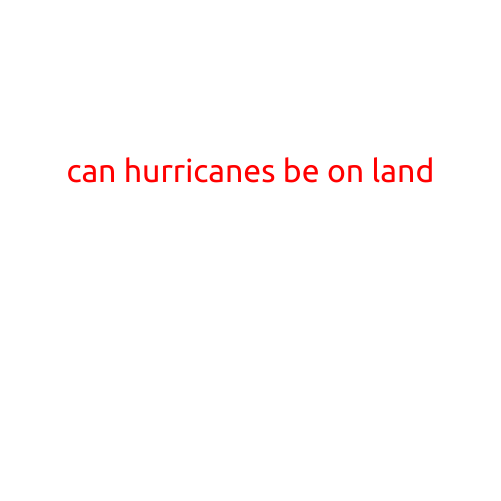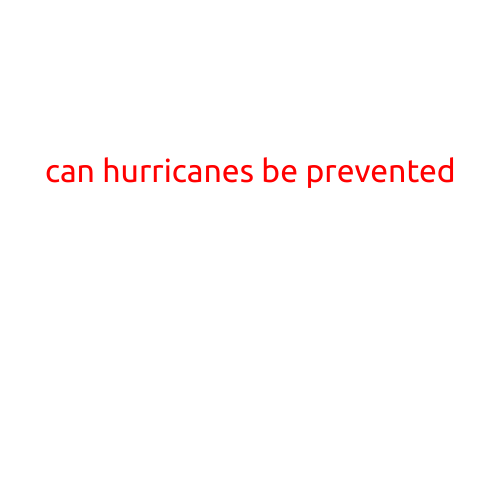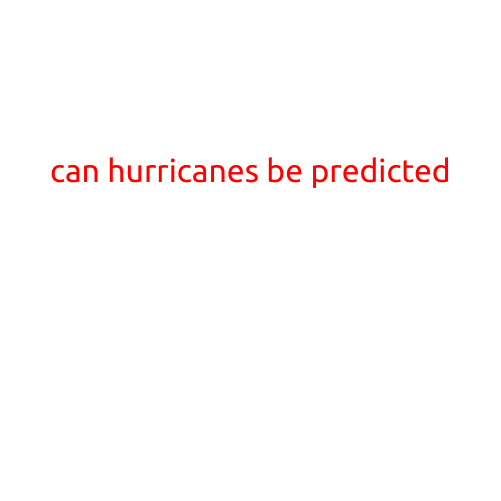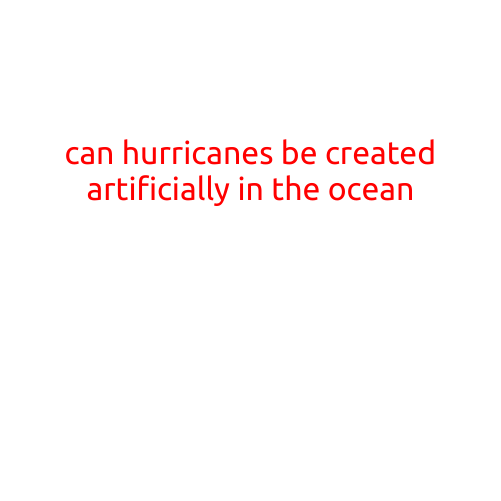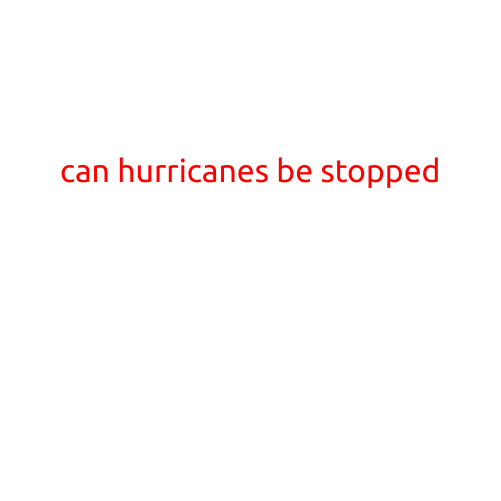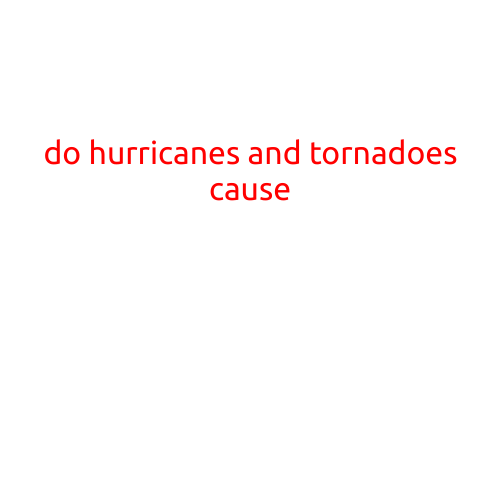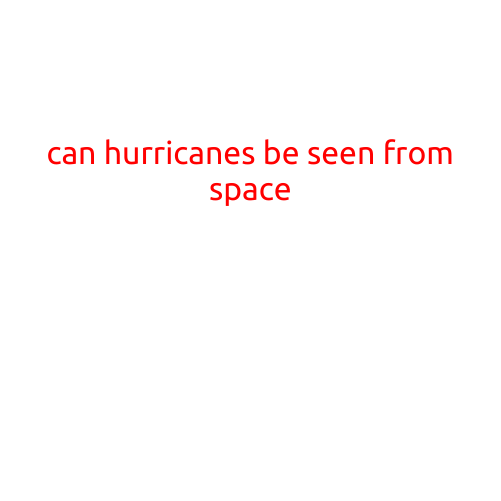
Can Hurricanes Be Seen From Space?
Hurricanes are powerful and destructive weather phenomena that can cause catastrophic damage to coastal communities and ecosystems. These massive storms are often referred to as “cyclones” or “typhoons,” depending on the region they affect. One of the most striking features of hurricanes is their visual impact, with their swirling clouds of towering cumulonimbus and wispy cirrus streaks stretching hundreds of miles across the ocean. But can these massive storms be seen from space?
The answer is a resounding yes! Hurricanes can be observed from space using a variety of satellite technologies. In fact, satellite imaging has become a crucial tool for monitoring and tracking the development and movement of hurricanes.
How Satellites See Hurricanes
Satellites in orbit around the Earth use a combination of visible and infrared sensors to capture images of hurricanes. Visible sensors allow satellites to capture high-resolution images of cloud formations, while infrared sensors detect the heat and moisture emitted by the storm. This data is used to create detailed maps of the storm’s structure, wind speed, and direction.
One of the most commonly used satellites for hurricane tracking is the Geostationary Operational Environmental Satellite (GOES). GOES is a series of geostationary satellites operated by the National Oceanic and Atmospheric Administration (NOAA) that provide continuous coverage of the Americas. GOES satellites are equipped with visible and infrared sensors that capture high-resolution images of hurricanes, allowing meteorologists to track their development and movement.
Types of Satellites Used to Observe Hurricanes
There are several types of satellites that are used to observe hurricanes, including:
- Geostationary Satellites: These satellites orbit the Earth at an altitude of approximately 22,000 miles (35,000 kilometers) and are positioned above a specific region, such as the United States or the Caribbean. Geostationary satellites provide continuous coverage of a specific area and are used to monitor hurricanes as they develop and move.
- Polar-Orbiting Satellites: These satellites orbit the Earth at an altitude of approximately 400 miles (640 kilometers) and pass over the same point on the Earth’s surface at regular intervals. Polar-orbiting satellites are used to monitor global weather patterns and provide data on hurricane activity.
- Aurora Satellites: These satellites orbit the Earth at an altitude of approximately 12,000 miles (19,000 kilometers) and are equipped with sensors that detect the emissions of atmospheric gases. Aurora satellites are used to monitor the upper-level winds and atmospheric conditions that influence hurricane development.
Benefits of Satellite Imagery for Hurricane Monitoring
Satellite imagery provides a number of benefits for hurricane monitoring, including:
- Early Warning: Satellites can detect the development of hurricanes days in advance, allowing for emergency preparedness and evacuation efforts.
- Tracking: Satellites can track the movement and intensity of hurricanes, providing critical information for meteorologists and emergency responders.
- Damage Assessment: Satellites can provide detailed images of hurricane damage, helping to assess the extent of destruction and inform relief efforts.
- Climate Research: Satellites can be used to study the global climate and provide insights into the factors that influence hurricane formation and intensity.
Conclusion
In conclusion, hurricanes can indeed be seen from space using a variety of satellite technologies. Satellites play a crucial role in monitoring and tracking the development and movement of hurricanes, providing critical information for meteorologists, emergency responders, and the public.
